TD-21 DPC-21
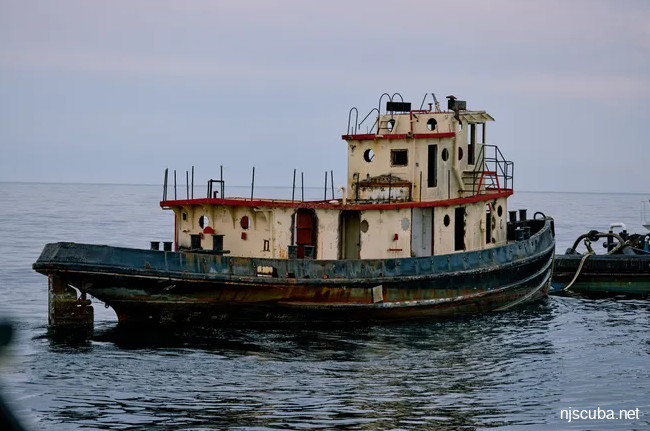
- Type:
- artificial reef, tugboat
- Built:
- 1944, Lawley & Sons, Neponset MA, as DPC-21
- Specs:
- ( 86 ft )
- Sunk:
- Saturday June 22, 2024 - Delaware #11 Artificial Reef
- GPS:
- 38°40.427' -74°43.073'

Maritime Administration Photograph
National Register Eligibility Assessment
Vessel: Tug TD-21
George Lawley & Sib. Corp. built the tug TD-21 in October 1943 for the Defense Plant Corporation (DPC) * at the Lawley & Son Shipyard in Neponset, Massachusetts. DPC designated the tug DPC-21 and assigned it Hull No. 244303. Shipbuilders constructed 100 steel hulled 86-foot tugs for DPC. DPC-21 was the 21st of 37 built at the Lawley & Son Shipyard. Each 86-foot tug was capable of 700 horsepower and carried a crew of nine.
- The Defense Plant Corporation was established in 1940 to fund and oversee construction and support industrial facilities sponsored by federal agencies that were managing defense and war programs.
The DPC 86-foot tugs were all completed after 1943. The War Shipping Administration (WSA) received the largest number of DPC tugs, followed by the U.S. Navy. The U.S. Navy initially designated their 86-foot tugs YT, or Yard Tug. They later redesignated them YTMs, or Yard Tug Medium, which indicated that the tugs were less than 800 horsepower, but more than 400 horsepower. WSA used the tugs domestically to manage the staggering increase in ship movement in and out of major American ports during WWII. The Federal government sold almost all the DPC 86-foot tugs to private companies after the war ended in 1945.
WSA took possession of DPC-21 in October 1943 and renamed it WSA-4. In November 1943, WSA assigned the tug to McAllister Lighterage Lines, which operated it as a harbor tug in Brooklyn, New York from 1943 to 1945. In October 1945, WSA transferred the tug to U.S. Maritime Commission’s (USMC) * James River Reserve Fleet (JRRF), at Fort Eustis, Virginia. USMC renamed the tug TD-21, for Tug Diesel 21, and renovated it for service. TD-21 operated until October 1947, when it was laid-up. In March 1948, the USMC ordered TD-21 to return to operational status. The USMC, later the Maritime Administration (MARAD), used TD-21 exclusively for inland ship movements at JRRF. It remained in service until 2020.
- The Merchant Marine Act of 1936 created the U.S. Maritime Commission. The Commission is the Maritime Administration’s direct predecessor agency. In 1942 President Roosevelt established the War Shipping Administration in response to America’s entrance into World War II. Executive Order 9054 effectively separated the Maritime Commission into two parts; the Commission to design and construct ships and the WSA to acquire and operate them.
- In 1950, Congress eliminated the USMC and divided its functions between the newly established Maritime Administration and the Federal Maritime Commission.
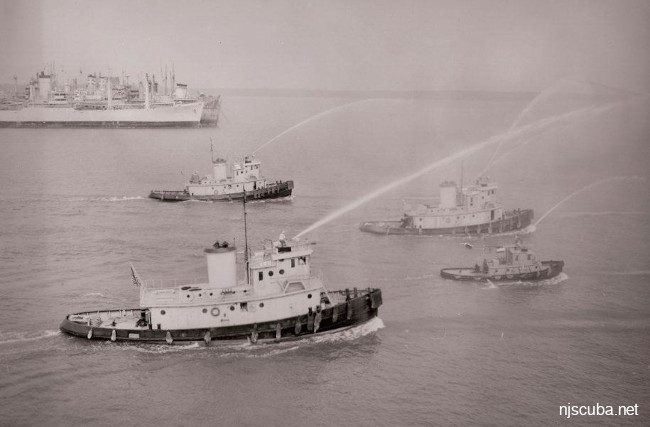
Maritime Administration photograph
Description/Characteristics of Vessel Type
Type: TD (Tug Diesel)
Hull Number: 244303
Previous Names: DPC-21; WSA-4
Builder: Lawley & Son, Neponset, Massachusetts
Year: 1943
Sister Ships: DPC-1 to DPC-100
Location: James River Reserve Fleet, Ft. Eustis, Virginia
Length: 86 ft.
Beam: 24 ft.
Draft: 9.5 ft.
Gross Tons: 146 tons
Net Tons: 99 tons
Propulsion: Diesel, single screw
Horsepower: 700 horsepower
Crew: Nine
TD-21 is an 86-foot long steel hulled harbor tug built for the DPC in the later years of World War II. These tugs were designed for use in harbors and inner coastal waters.Each featured a 700-horsepower Caterpillar D-399 diesel engine, single screw propulsion, and a single smokestack amidship. DPC tugs were navigated from an enclosed pilot house featuring wood furnishings and a centrally mounted helm. The pilot house is located on the upper-most level.
Interior stairs in the rear of the pilot house lead down to the master’s stateroom and then to the interior deck level. Another set of exterior stairs in front of the pilot house leads from the upper level deck to the bow deck. The interior deck level space served as living quarters for a crew of eight. It included a furnished stateroom for the deck engine mechanic and spaces for the crew. The 86-foot tugs also featured a ships galley directly below the pilothouse. The interior deck level was accessed through eight “Dutch doors” (four on each side). All the doors featured portholes.
Over the past 78 years, TD-21 has undergone major exterior, interior, and mechanical changes. An air starter replaced the original ignition system in December 1952. Each of the original “Dutch doors” was welded shut and access to the spaces was replaced with eight modern watertight doors. In 1984, it was determined that no parts existed to repair steering from the helm in the pilothouse. MARAD completely replaced the engine so that steering was operated by port and starboard throttle controls. Since 1945, the interior of the vessel has been stripped of crew berths, most of the galley, and almost all the original furniture. Asbestos was removed in 1985. The exterior deck now features modern equipment. Only the hull is known to be original to the 1943 construction.
Statement of Significance
TD-21 was one of thousands of medium powered harbor tugs built during World War II, and one of 100 86-foot tugs specifically built for the DPC. These tugs were meant to serve in wartime. They were built cheaply with the technology of the day to match a standard harbor tug design. While TD-21 was subject to wartime procurement and construction, it did not serve a noteworthy role in World War II. The bulk of TD-21’s lifetime was then spent at the JRRF where it was used to move vessels entirely within the confines of inner coastal waters.
Historical Integrity
The hull on TD-21 is the only part of the vessel known to be original. A binnacle, a chart table, and the helm in the pilot house are also believed to be original to the vessel. The remainder of the vessel was subject to significant renovation. Machinery on the deck has subsequently been replaced with more modern equipment since the ship was built. The helm does not function, and the vessel is maneuvered using the starboard and port throttles and an engine installed in 1984. JRRF personnel have modified the superstructure of TD-21 multiple times. In addition, MARAD staff drastically changed the interior to comply with Reserve Fleet needs. This included completely removing crew berths and most of the galley.
National Register Eligibility Statement
TD-21 was built 78 years-ago but does not possess sufficient historical integrity or importance that would merit listing on the National Register of Historic Places. TD-21 operated almost exclusively within the narrow confines of the JRRF where it was used as a tug and launch to service reserve fleet vessels. The tug that remains is a stripped-down and significantly renovated vessel redesigned to manage the unique needs of the JRRF. In addition, the DPC 86-foot tug was not an exceptional or significant design. DPC tugs were used almost exclusively as domestic harbor tugs for the WSA, U.S. Navy, or sold to private industry. They did not play a significant role in World War II and did not contribute to a substantial advancement in maritime technology.
Date: January 12, 2022
Determination: Not Eligible
Sources
Secondary Sources
- “Defense Plant Corporation,” Shipbuildinghistory.com, Published June 10, 2013, Accessed November 16, 2021, https://shipbuildinghistory.com/smallships/armydpc.htm.
- Merchant Vessels of the United States (Washington: United States Coast Guard, 1948), 565.
- Philip Byrd, “TD-21 (Formerly WSA-4; DPC-21): Preservation Servicers Report,” United States Maritime Commission Bureau of the Reserve Fleet File for TD-21.
- “Yard Tugs (YT, YTB, YTM, YTL) Built or Acquired During WWII,” Shipbuilding.com, published May 7, 2011, https://shipbuildinghistory.com/smallships/yt2.htm.
Primary Sources
- James River to Mr. Hickey, October 22, 1947, United States Maritime Commission Bureau of the Reserve Fleet File for TD-21.
- J.J. Fallon to Mr. Hickey, March 3, 1948, United States Maritime Commission Bureau of the Reserve Fleet File for TD-21.
- “WSA #4 Vessel Status Card,” Vessel History Database, Accessed on November 17, 2021, https://vesselhistory.marad.dot.gov/ShipHistory/Detail/11734.
adapted from the original document



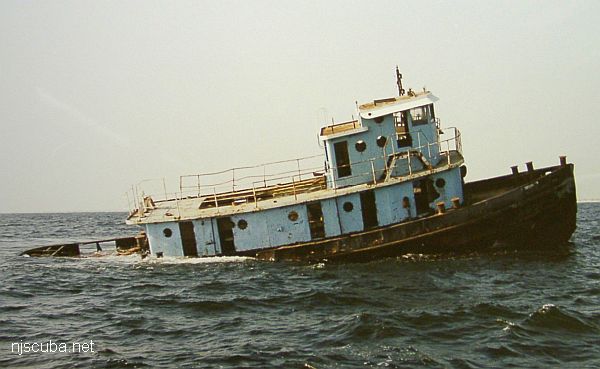
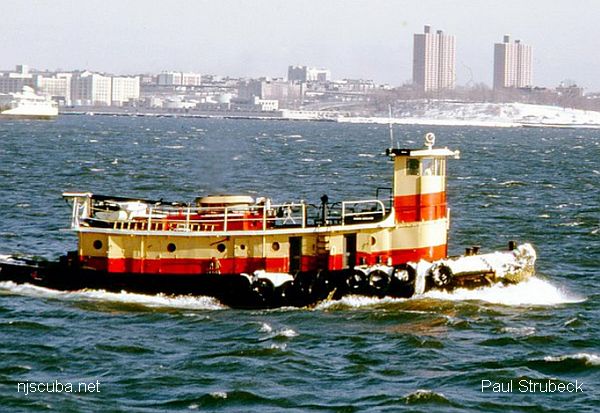


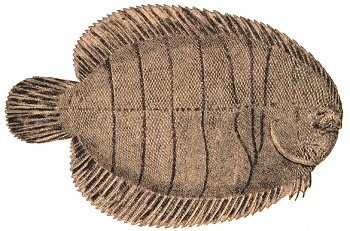
Questions or Inquiries?
Just want to say Hello? Sign the .